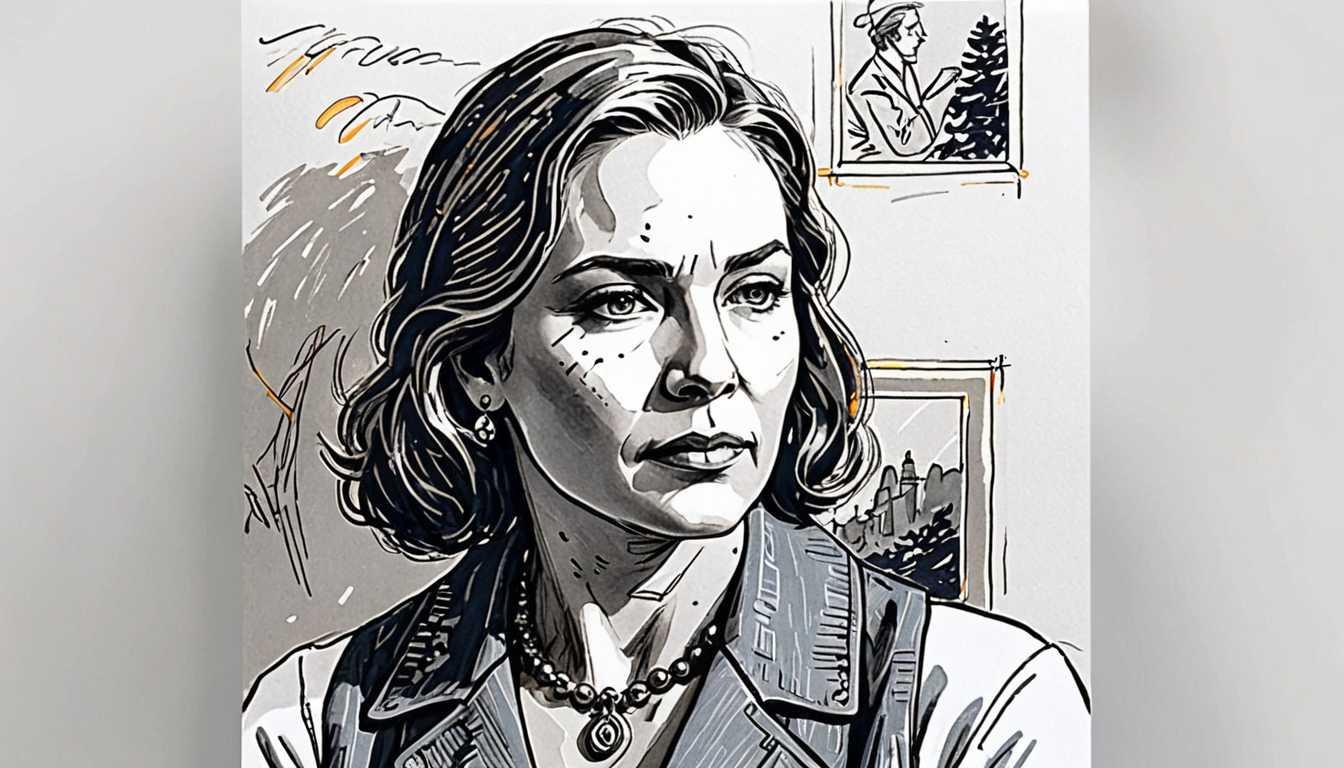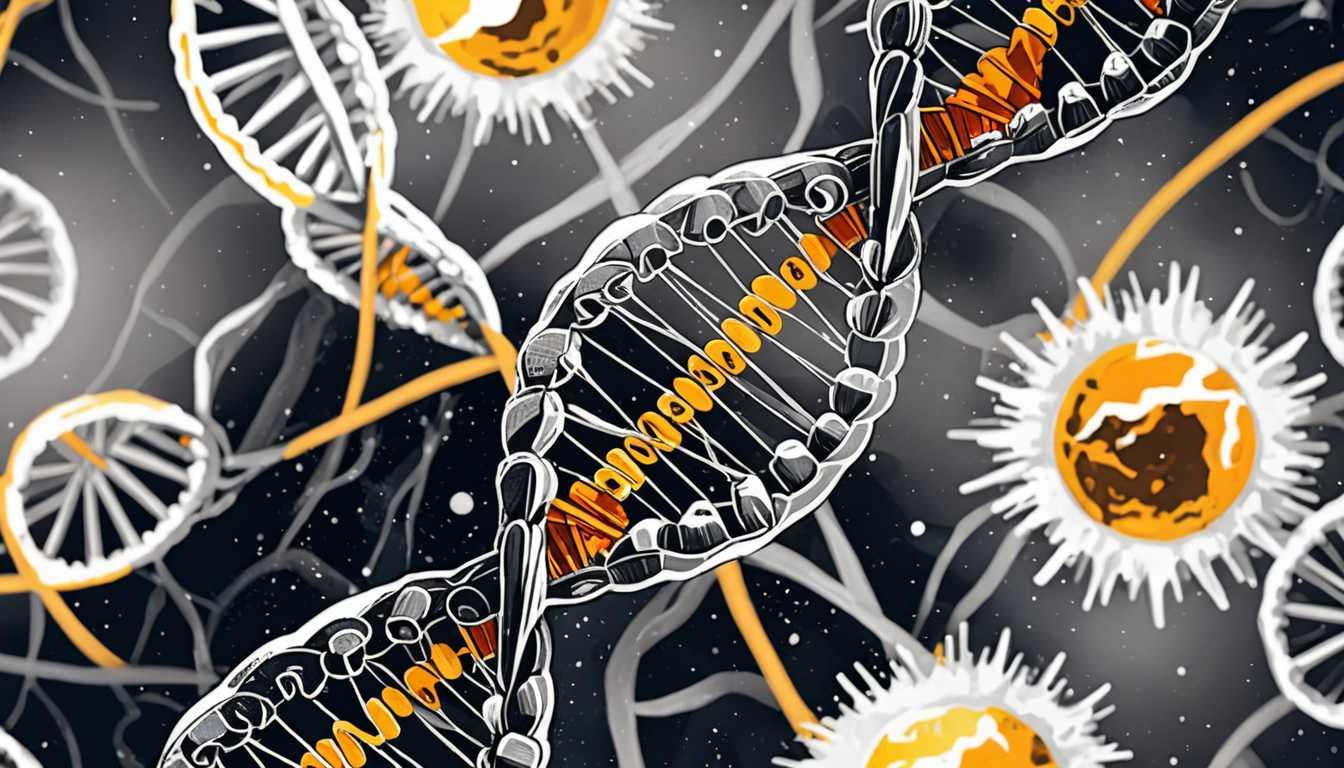Mysteries of Chichén Itzá Revealed!
June 2024
Harvard Gazette
Introduction
Hey there, future history buffs! Ever wondered what made Chichén Itzá a wonder of the ancient world? Dive into the fascinating tale of this Mayan city as it comes alive in "CellImage." Discover everything from awe-inspiring architecture to its intriguing backstory, all while learning how modern science unravels the mysteries of the past. Get ready to time travel – no DeLorean needed!
READ FULL ARTICLEWhy It Matters
Discover how this topic shapes your world and future
Unearthing the Secrets of Chichén Itzá’s Past!
Chichén Itzá, an ancient Maya city, has captivated historians and archaeologists for over a century. Recent groundbreaking research challenges long-held beliefs about the city’s rituals, particularly the notion of ritual sacrifices. Instead of female virgins, this new study reveals that boys, especially twins, were the focus of these practices. This discovery not only reshapes our understanding of Maya culture but also highlights the resilience of the descendants of these ancient peoples in the face of colonial epidemics. The implications of this research extend globally, as it sheds light on how cultures cope with crises and adapt over time. For you, understanding these narratives can deepen your appreciation of history and its relevance to contemporary issues, such as identity and cultural heritage.
Speak like a Scholar
Bioarchaeology
The study of human remains from archaeological sites to learn about past cultures and lifestyles.
Isotopes
Variants of a chemical element that have different numbers of neutrons, used in research to analyze diets and environmental conditions in the past.
Alelo (Allele)
A specific version of a gene that can influence traits and may affect how organisms respond to diseases.
Epidemic
A sudden outbreak of a disease that spreads rapidly among a population.
Provenance
The origin or source of something, often used to describe the history behind artifacts or remains.
Cenote
A natural sinkhole or well, often filled with water, significant in Maya culture for rituals and sacrifices.
Independent Research Ideas
The Role of Twins in Maya Culture
Explore the significance of twins in Maya mythology and rituals. Investigating this topic reveals fascinating insights into how cultures view familial bonds and spirituality.
Ancient Diets through Stable Isotope Analysis
Study how stable isotopes can provide information about the diets of ancient populations, offering a glimpse into their daily lives and environmental interactions.
Cultural Resilience and Disease
Investigate how Indigenous populations in Mexico adapted to colonial-era diseases and the genetic legacy of these experiences. This topic can help you understand the broader impacts of health crises on cultures.
Kinship and Sacrifice in Ancient Societies
Analyze how different societies, including the Maya, approached the concepts of kinship and sacrifice. This could lead to intriguing comparisons with other cultures and their rituals.
The Impact of Archaeological Discoveries on Modern Identity
Examine how findings from sites like Chichén Itzá affect the identity and cultural pride of contemporary Indigenous communities. This research can uncover the dynamic relationship between past and present.
Related Articles

Malaria: A History of Bugs and Humans
June 2024
Harvard Gazette

Blood's Secret Armor Against Alzheimer's
September 2023
Stanford University

Rosalind Franklin: Unveiled Genius
April 2023
Smithsonian Magazine

Fruit Flies: Nature's Tiny Global Travelers
May 2024
Cornell News Highlights

Mapping Ancient Migrations Through DNA Magic
January 2025
King's College London - News